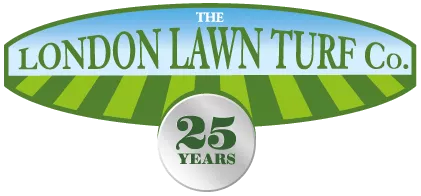Questions
Lawn Care Advice
How do I lay my nice new turf?
We have published a blog about laying your turf. Click on our blog link in the top right hand corner for some good advice.
My lawn needs feeding and overseeding. Which should I do first?
If your lawn has not been fed in the last 4 - 6 months then you should feed it 3 or 4 days before over seeding. For best results spike the lawn first with a fork, down to the depth of the fork tines, every 300mm (1 foot). This will help get the lawn food into the soil where it can be absorbed by the lawns roots. If you have fed your lawn more recently then spike the lawn with a fork and over seed. You should plan to then feed the lawn within the next 4 - 8 weeks.
Does my new Rolawn turf come fertilised?
Yes, your turf does come already fertilised. Rolawn prepares your new turf to look beautiful on the top and to grow strong, deep roots. They do this by using a formulation of fertiliser that will cause the turf leaves to be dense and brilliant green, while keeping the roots lean and hungry for nutrients. When your new turf arrives it will aggressively grow into your soil in search of nutrients. This is the reason it is recommended that you incorporate a starter fertiliser into your soil before you install your turf. Therefore, it is recommended that you do not immediately fertilise your new lawn after it is installed.
How do you calculate the amount of fertiliser to apply?
Fertilisers are usually designated by three numbers printed on their packaging. The three numbers refer to the percentage of the product in the container that is nitrogen (N), phosphorus (P), and potassium (K). The numbers are always in the same order: N;P;K. For example, if a 14 kilogram bag of fertiliser lists the N;P;K as 10:7:3, these numbers are the respective percentages of nitrogen, phosphorus and potassium. You should use a fertiliser with all three elements, but check with your local garden centre for some help with both the selection and calculations for applying fertiliser. If you are not satisfied with the results after fertilising your lawn, consult a turfgrass expert. There are many reasons why grass does not grow properly, and lack of sufficient nutrients is only one possible cause. You may be wondering why fertilisers are mostly N, P, and K, when there are 13 other elements needed for good turf growth. Two of these elements are carbon and oxygen, and these are taken from the air. Generally, the other 11 elements exist in sufficient quantities in most soils. In addition they are not needed in as great a quantity as N, P, and K.
Next page
